 To Catherine, Jean and Joe, my favorite stars.
To Catherine, Jean and Joe, my favorite stars. 
Stars! Stars! Stars!
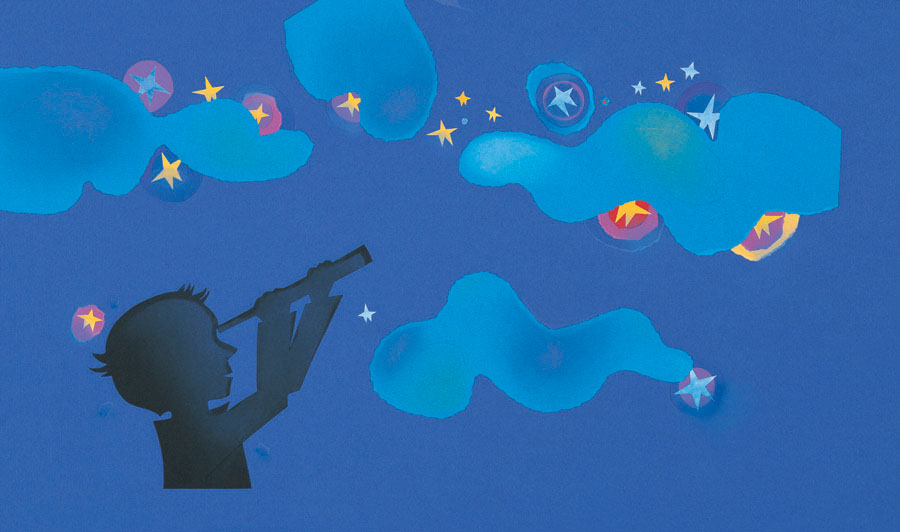
I want to see planets and stars! Bright stars twinkling above big city lights
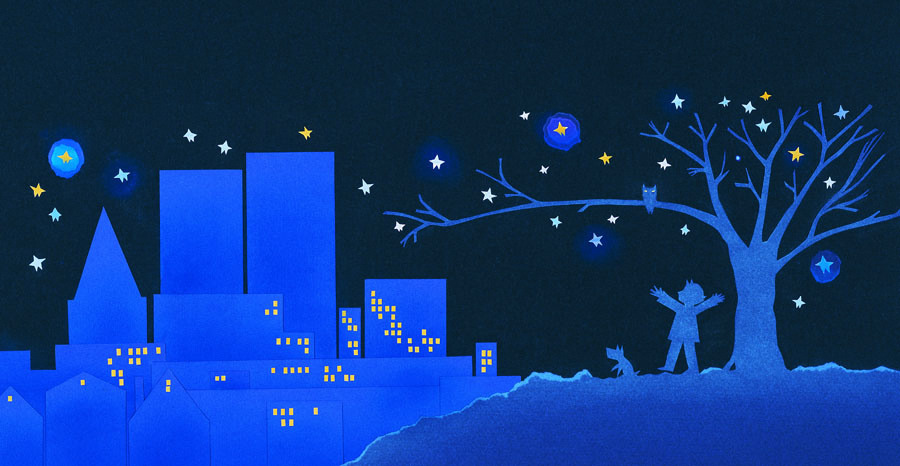
Distant planets glowing over black country nights Constellations that take shape when I connect them with lines
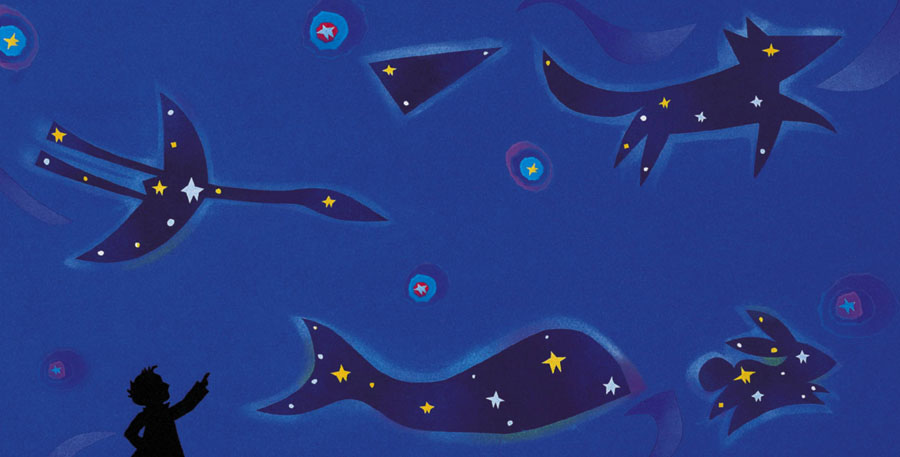
Milky Way stars shining two hundred billion times The Sun that burns with golden light
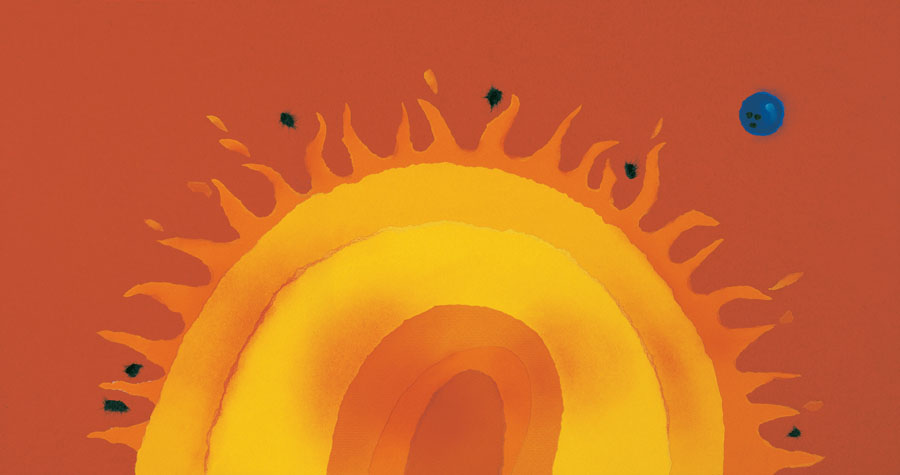
Hot planet Mercury turning slowly in the night
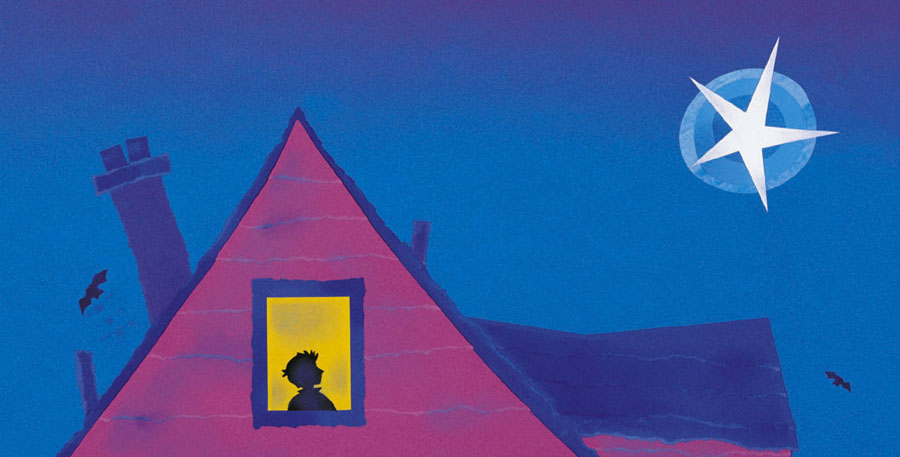
Venus, the Evening Star, first planet to shine in the twilight sky Blue-green Earth
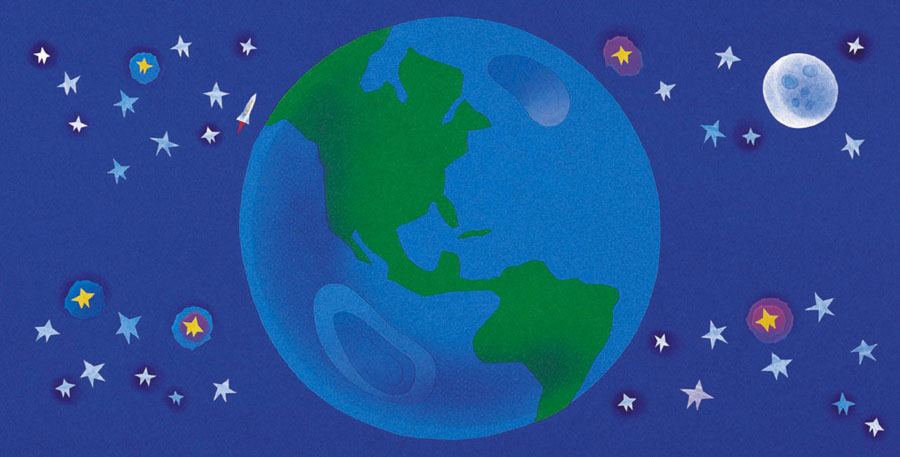
with the dusty Moon orbiting by Stormy Mars glowing red in the vastness of space
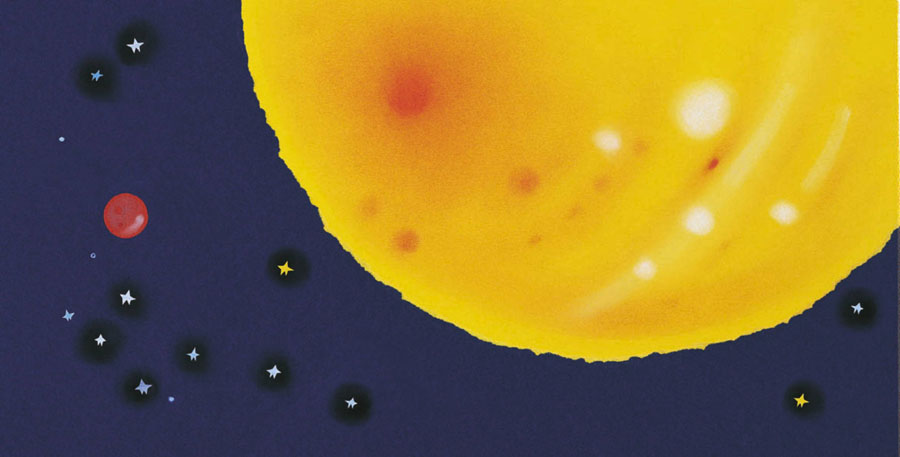
Giant planet Jupiter moving with grace Saturn circled by rings and
Uranus spinning on its side
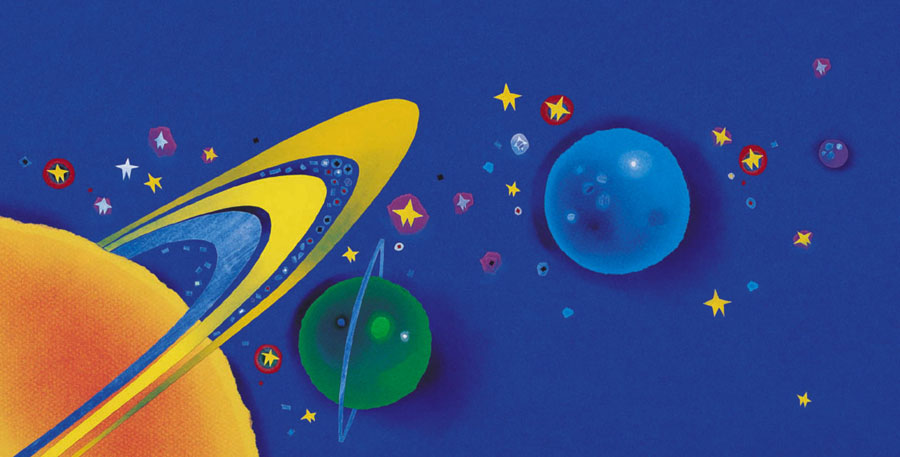
Windy Neptune and tiny Pluto orbiting wide Shooting stars streaking tails of sparkling light
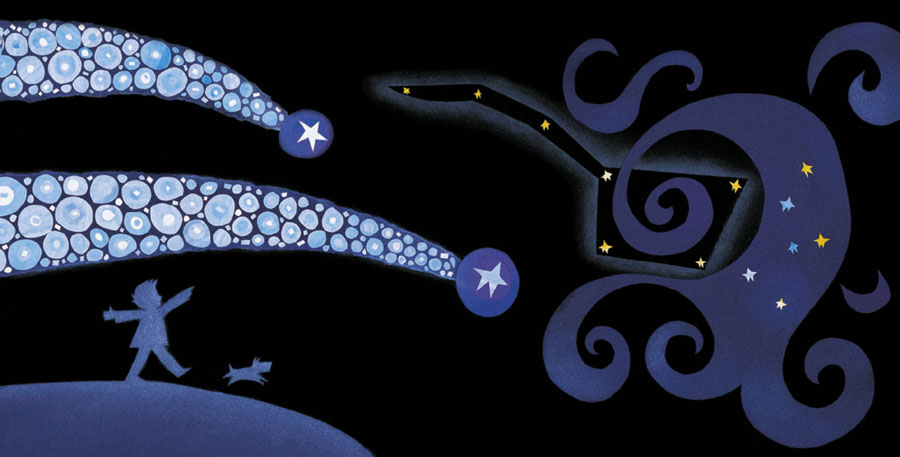
The Big Dipper holding a scoop of night Stars! Stars! Stars!
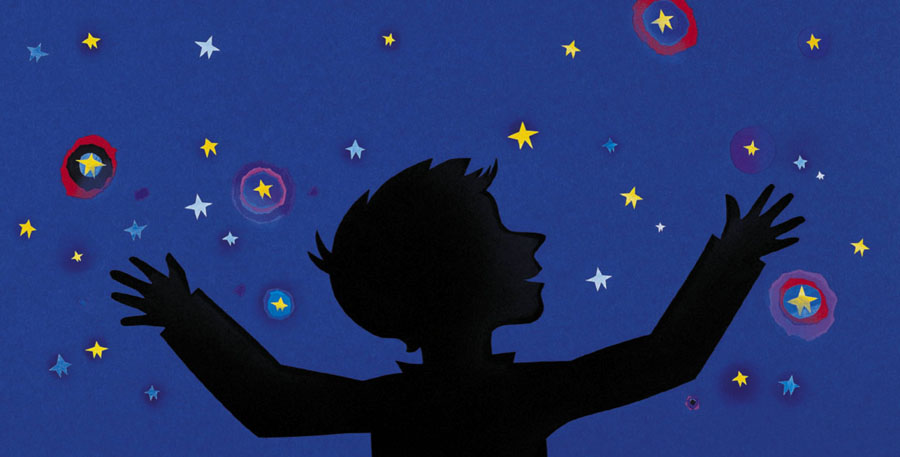
I want to see planets and stars tonight!
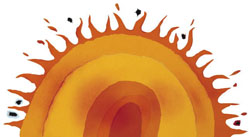
The Sun is a medium-size star. All nine of the planets in our solar system orbit the Sun. The Sun has been burning for about 5 billion years.
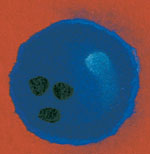
Mercury, the closest planet to the Sun, is only a little larger than the Moon.
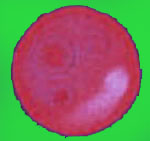
Venus is a planet, but it is called the Evening Star because it is usually the first light we see shining in the evening sky.
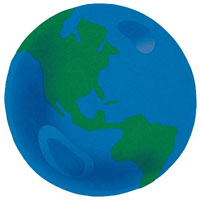
Earth, our home, is the only planet in our solar system that we know supports life.
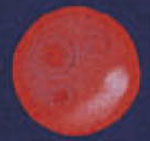
Mars, the red planet, is about half the size of Earth.

Mars, the red planet, is about half the size of Earth.
Mars looks red because it is covered with rust-colored soil. 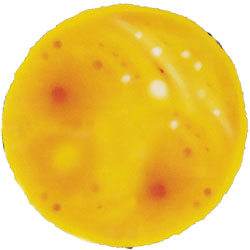 Jupiter is the largest planet in our solar system. It is so big that all of the other planets could fit inside it.
Jupiter is the largest planet in our solar system. It is so big that all of the other planets could fit inside it. 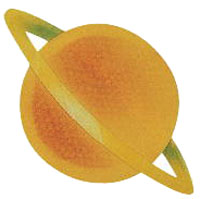 Saturn is not very dense and would float in water. Its rings are made of pieces of dust and ice varying from as small as a pea to as large as a car.
Saturn is not very dense and would float in water. Its rings are made of pieces of dust and ice varying from as small as a pea to as large as a car. 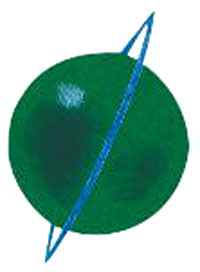 Uranus spins on its side.
Uranus spins on its side.
The narrow ring around Uranus is made of black ice. 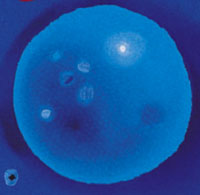 Neptune, the blue planet, has winds that blow up to 1,500 miles per hour (2,420 km/h). Its blue color is caused by methane in its atmosphere.
Neptune, the blue planet, has winds that blow up to 1,500 miles per hour (2,420 km/h). Its blue color is caused by methane in its atmosphere. 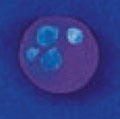 Pluto, the smallest planet, is smaller than the Moon. Pluto is also farthest from the Sun, as far as 4.6 billion miles (7.38 billion km)!
Pluto, the smallest planet, is smaller than the Moon. Pluto is also farthest from the Sun, as far as 4.6 billion miles (7.38 billion km)!
A star is a giant ball of glowing gas.

A constellation is a group of stars that people connect with imaginary lines to form a design.

A constellation is a group of stars that people connect with imaginary lines to form a design.
There are 88 constellations in the sky.  A sun is any star that is the center of a planetary system. Our sun is a medium-size star.
A sun is any star that is the center of a planetary system. Our sun is a medium-size star.  A planet is a large object that orbits a sun but doesnt make its own light. Planets reflect the light from stars.
A planet is a large object that orbits a sun but doesnt make its own light. Planets reflect the light from stars.  Gravity is the force that keeps objects in orbit.
Gravity is the force that keeps objects in orbit.  Gravity is the force that keeps objects in orbit.
Gravity is the force that keeps objects in orbit.
Gravity keeps us from floating off the Earth!  A moon orbits a planet the way a planet orbits a sun. Some planets, such as Saturn, have many moons.
A moon orbits a planet the way a planet orbits a sun. Some planets, such as Saturn, have many moons.  An asteroid is a rocky object, much smaller than a planet, that orbits a sun.
An asteroid is a rocky object, much smaller than a planet, that orbits a sun.  A comet is made of ice and dust and orbits a sun.
A comet is made of ice and dust and orbits a sun.  A meteor is a space rock that crashes into the surface of a planet or moon.
A meteor is a space rock that crashes into the surface of a planet or moon.  A shooting star isnt a star at all.
A shooting star isnt a star at all.
Its a meteor that burns up when it gets close to Earth. 
Next page
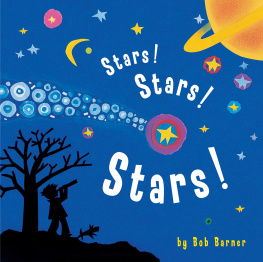
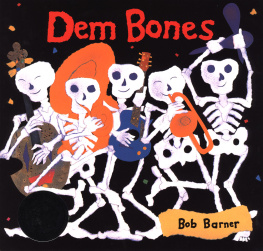

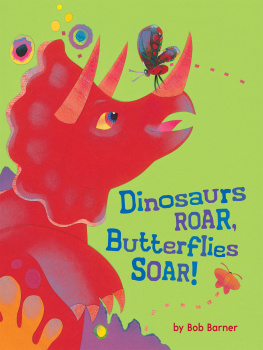
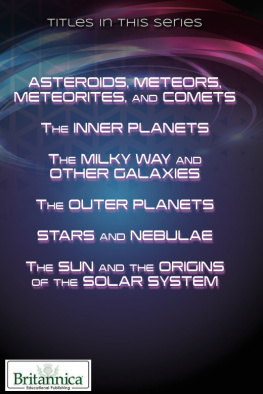

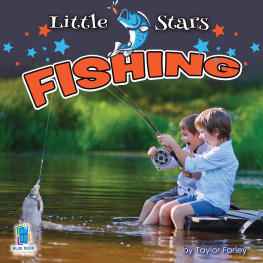
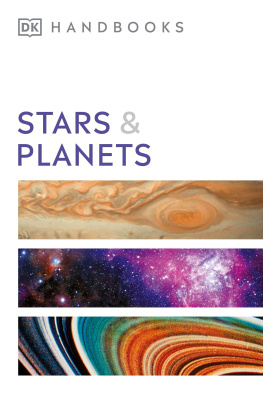
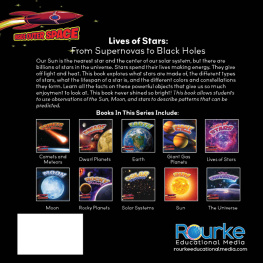
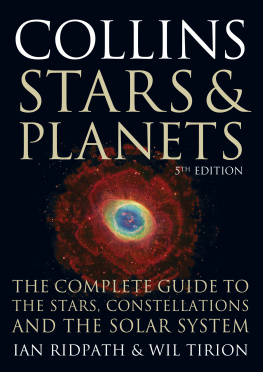
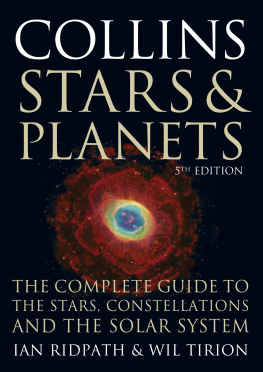
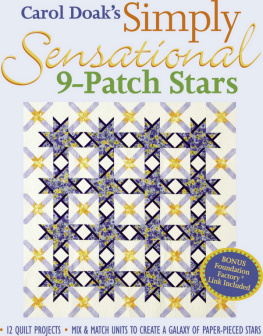
 To Catherine, Jean and Joe, my favorite stars.
To Catherine, Jean and Joe, my favorite stars. 
 I want to see planets and stars! Bright stars twinkling above big city lights
I want to see planets and stars! Bright stars twinkling above big city lights  Distant planets glowing over black country nights Constellations that take shape when I connect them with lines
Distant planets glowing over black country nights Constellations that take shape when I connect them with lines  Milky Way stars shining two hundred billion times The Sun that burns with golden light
Milky Way stars shining two hundred billion times The Sun that burns with golden light  Hot planet Mercury turning slowly in the night
Hot planet Mercury turning slowly in the night  Venus, the Evening Star, first planet to shine in the twilight sky Blue-green Earth
Venus, the Evening Star, first planet to shine in the twilight sky Blue-green Earth  with the dusty Moon orbiting by Stormy Mars glowing red in the vastness of space
with the dusty Moon orbiting by Stormy Mars glowing red in the vastness of space  Giant planet Jupiter moving with grace Saturn circled by rings and
Giant planet Jupiter moving with grace Saturn circled by rings and Windy Neptune and tiny Pluto orbiting wide Shooting stars streaking tails of sparkling light
Windy Neptune and tiny Pluto orbiting wide Shooting stars streaking tails of sparkling light  The Big Dipper holding a scoop of night Stars! Stars! Stars!
The Big Dipper holding a scoop of night Stars! Stars! Stars!  I want to see planets and stars tonight!
I want to see planets and stars tonight! The Sun is a medium-size star. All nine of the planets in our solar system orbit the Sun. The Sun has been burning for about 5 billion years.
The Sun is a medium-size star. All nine of the planets in our solar system orbit the Sun. The Sun has been burning for about 5 billion years.  Mercury, the closest planet to the Sun, is only a little larger than the Moon.
Mercury, the closest planet to the Sun, is only a little larger than the Moon.  Venus is a planet, but it is called the Evening Star because it is usually the first light we see shining in the evening sky.
Venus is a planet, but it is called the Evening Star because it is usually the first light we see shining in the evening sky.  Earth, our home, is the only planet in our solar system that we know supports life.
Earth, our home, is the only planet in our solar system that we know supports life.  Mars, the red planet, is about half the size of Earth.
Mars, the red planet, is about half the size of Earth.  Jupiter is the largest planet in our solar system. It is so big that all of the other planets could fit inside it.
Jupiter is the largest planet in our solar system. It is so big that all of the other planets could fit inside it.  Saturn is not very dense and would float in water. Its rings are made of pieces of dust and ice varying from as small as a pea to as large as a car.
Saturn is not very dense and would float in water. Its rings are made of pieces of dust and ice varying from as small as a pea to as large as a car.  Uranus spins on its side.
Uranus spins on its side. Neptune, the blue planet, has winds that blow up to 1,500 miles per hour (2,420 km/h). Its blue color is caused by methane in its atmosphere.
Neptune, the blue planet, has winds that blow up to 1,500 miles per hour (2,420 km/h). Its blue color is caused by methane in its atmosphere.  Pluto, the smallest planet, is smaller than the Moon. Pluto is also farthest from the Sun, as far as 4.6 billion miles (7.38 billion km)!
Pluto, the smallest planet, is smaller than the Moon. Pluto is also farthest from the Sun, as far as 4.6 billion miles (7.38 billion km)! A constellation is a group of stars that people connect with imaginary lines to form a design.
A constellation is a group of stars that people connect with imaginary lines to form a design.